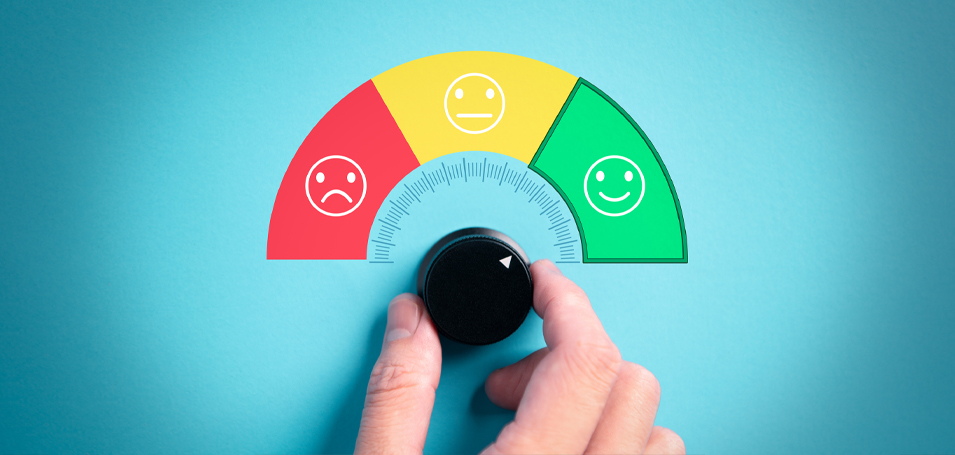Getting customers to value goes beyond using your products. Value realization is a journey, with multiple milestones along the way where customers need the right information to progress further and achieve their goals. Businesses may address this process in a variety of ways, from having sales representatives train customers on hardware, to assigning customer success managers to onboard them in use of software; from live, in-person training, to on-demand courses delivered through a learning management system (LMS).
The digital approach to customer education offers a more scalable solution, and the customer education software market is projected to reach USD 3.5 Billion by 2033. Forward-thinking organizations use a learning management system or education platform to create and deliver relevant, timely training to customers and partners–and see not only a 25% improvement in onboarding by a 35% life in customer lifetime value.
With the right LMS or customer education platform, learning is measurable and directly impacts key metrics like customer retention, satisfaction, and revenue. Simply put, well-educated customers are more likely to adopt, renew, and expand their use of your solutions.
The Ingredients of a Value-Driven Customer Education Program
1. Support for Segmentation:
Harness the power of your LMS to segment your audience and deliver learning pathways tailored to individual needs, roles, or skill levels. Whether your company divides your customer base by account size, geography, growth potential, industry, or another characteristic, the right learning platform empowers you to customize content for multiple audiences, so that your users get the most value from your solutions.
2. Focus on Outcomes:
While early-stage programs may focus on onboarding metrics like completion rates, with the right tools, you can track essential business KPIs, such as product adoption rates, negative churn, and revenue expansion. These metrics help you understand the impact of customer education on your business, so that you can refine your learning content based on where you see the greatest return on investment.
3. Just-in-time Learning:
By integrating your LMS with other business systems, you can deliver learning content when users are facing challenges. When issues arise, whether they manifest as a support ticket or a lack of product engagement, you can offer targeted support in the form of a relevant training module, live webinar, or product documentation to keep customers on track to achieving their objectives and realizing value.
4. Mix of Modalities:
A thoughtfully designed customer education program offers customers choices in when and how they learn. This can include self-paced courses, direct application, and access to an expert. Together, these elements help customers build confidence and deepen their understanding–while reducing reliance on repetitive and costly one-on-one support.
When learning is part of the customer experience from onboarding through ongoing engagement, it encourages customer satisfaction, long-term loyalty, and positive word-of-mouth. There’s a reason the most successful organizations report a 22% increase in brand champions thanks to their customer education programs.
Avoiding Common Pitfalls
- One-size-fits-all training: While there are some elements of onboarding that can–and should be standardized, beware the mythical “average customer.” Your organization already segments your customer base in various ways for marketing, customer, and revenue strategy, and your approach to customer education should be no exception. Consider the audiences you need to train, and personalize learning experiences to address the unique needs of each segment.
- Lack of feedback: Collect ongoing input from customers and use data-driven insights to adapt and improve educational content. Your education program is a reflection of your brand, and you want customers to not only report satisfaction and successful issue resolution, but to achieve the desired business outcomes of product adoption and retention. In addition to conducting learner surveys and tracking engagement metrics, examine the learning behaviors of your top customers for insights on the content driving the most value to your customers–and your business.
- Unclear ROI: Always communicate how your education programs connect to customer success, showing your leadership team clear links to product adoption, retention, and overall satisfaction. An LMS designed for customer training can integrate with your CRM and business intelligence systems, making it easier to track and report on your impact. But you don’t need fancy integrations to start measuring ROI–you can also do it with a spreadsheet.
The Takeaway
An LMS or learning platform designed for customer education is more than a training repository. With the right software, your customer education program can be a catalyst for product adoption, customer loyalty, and business growth. By designing a program that delivers the right learning at the right time, for a range of audience needs, you can guide customers to realizing greater value from your products and services. This customer value translates into the revenue growth your organization craves, and with the right systems in place, you can prove it.



